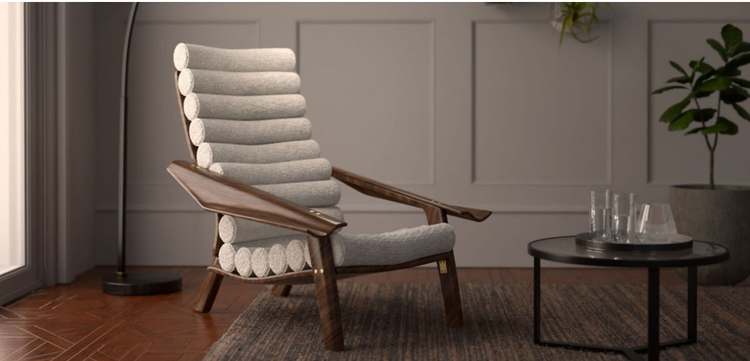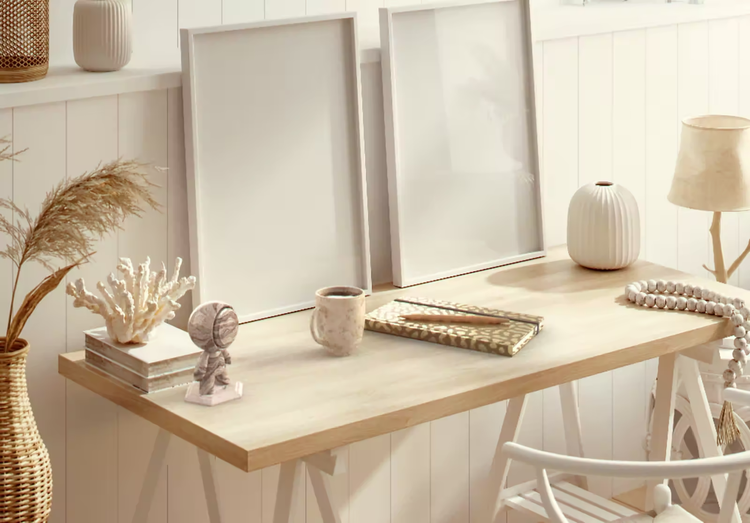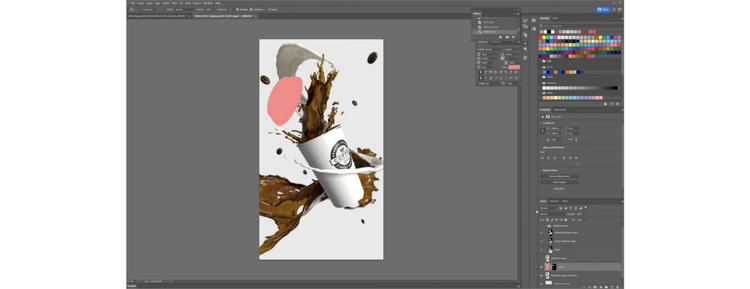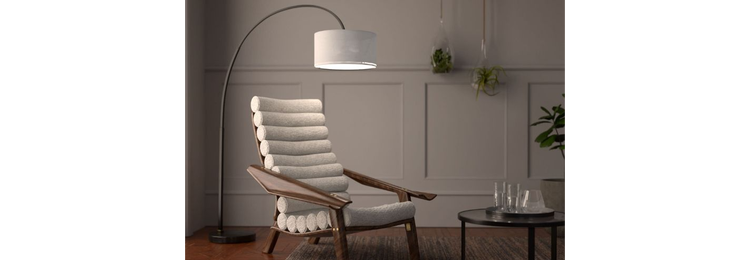3D interior design software offers a wide range of benefits for both designers and clients. Finding success in any type of 3D design is often tied with your knowledge and the specific capabilities of your software of choice. There are a lot of considerations to make when selecting software, including specific features, user-friendliness, compatibility, rendering quality, library resources, and pricing.
Some popular 3D interior design software includes:
Widely used in the architectural and design industries, 3ds Max offers powerful 3D modeling, rendering, and animation capabilities. It’s known for being flexible and versatile.
SketchUp is user-friendly and known for ease of use. It’s popular for quick conceptualization and 3D modeling.
Blender is a free, open-source 3D software that is both powerful and versatile. While it has a steep learning curve, it offers a wide range of capabilities for modeling, rendering, and animation.
This is another free, open-source software made specifically for interior designers. It has a user-friendly interface that focuses on home interior design and decorating, making it a good option for beginners.





